
Roosevelt Island is an island in New York City's East River, within the borough of Manhattan. It lies between Manhattan Island to the west, and the borough of Queens, on Long Island, to the east. It is about 2 miles (3.2 km) long, with an area of 147 acres (0.59 km2), and had a population of 11,722 as of the 2020 United States census. It consists of two largely residential communities: Northtown and Southtown. Roosevelt Island is owned by the city but was leased to the New York State Urban Development Corporation (UDC) for 99 years in 1969.

The Algonquin Hotel is a hotel at 59 West 44th Street in Midtown Manhattan, New York City, United States. The 181-room hotel, opened in 1902, was designed by architect Goldwin Starrett for the Puritan Realty Company. The hotel has hosted numerous literary and theatrical notables throughout its history, including members of the Algonquin Round Table club during the early 20th century. Its first owner-manager, Frank Case, established many of the hotel's traditions, including an official hotel cat as well as discounts for struggling authors. The hotel is a New York City designated landmark and a member of Historic Hotels of America, a program of the National Trust for Historic Preservation.
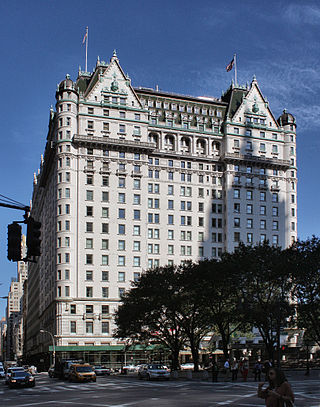
The Plaza Hotel is a luxury hotel and condominium apartment building in Midtown Manhattan in New York City. It is located on the western side of Grand Army Plaza, after which it is named, just west of Fifth Avenue, and is between 58th Street and Central Park South, at the southeastern corner of Central Park. Its primary address is 768 Fifth Avenue, though the residential entrance is One Central Park South. Since 2018, the hotel has been owned by the Qatari firm Katara Hospitality.

The New York Biltmore Hotel was a luxury hotel at 335 Madison Avenue in Midtown Manhattan, New York City. The hotel was developed by the New York Central Railroad and the New York, New Haven and Hartford Railroad and operated from 1913 to 1981. It was one of several large hotels developed around Grand Central Terminal as part of Terminal City. The Biltmore was designed in the Italian Renaissance Revival style by Warren and Wetmore, one of the firms involved in designing Grand Central. Although the hotel's steel frame still exists, the hotel itself was almost entirely demolished and replaced by an office building in the early 1980s.

The Yaqui River is a river in the state of Sonora in northwestern Mexico. It was formerly known as the Rio del Norte. Being the largest river system in the state of Sonora, the Yaqui river is used for irrigation, especially in the Valle del Yaqui.

John Hays Hammond was an American mining engineer, diplomat, and philanthropist. He amassed a sizable fortune before the age of 40. An early advocate of deep mining, Hammond was given complete charge of Cecil Rhodes' mines in South Africa and made each undertaking a financial success. He was a main force planning and executing the Jameson Raid in 1895. It was a fiasco and Hammond, along with the other leaders of the Johannesburg Reform Committee, was arrested and sentenced to death. The Reform Committee leaders were released after paying large fines, but like many of the leaders, Hammond escaped Africa for good. He returned to the United States, became a close friend of President William Howard Taft, and was appointed a special ambassador. At the same time, he continued to develop mines in Mexico and California and, in 1923, he made another fortune while drilling for oil with the Burnham Exploration Company.
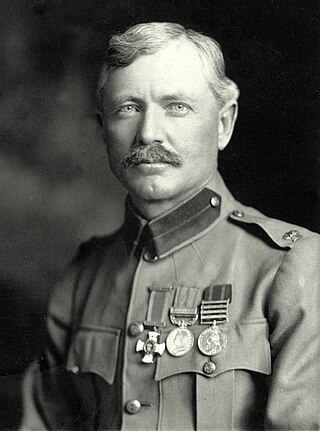
Major Frederick Russell Burnham DSO was an American scout and world-traveling adventurer. He is known for his service to the British South Africa Company and to the British Army in colonial Africa, and for teaching woodcraft to Robert Baden-Powell in Rhodesia. Burnham helped inspire the founding of the international Scouting Movement.
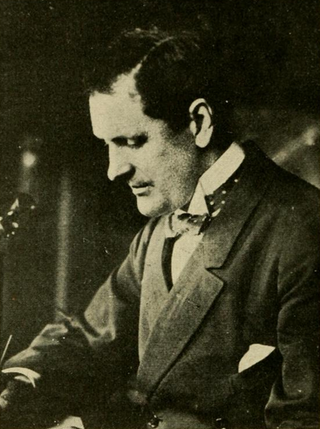
Grafton Dulany Cushing was an American teacher, lawyer, and politician who served as the 45th lieutenant governor of Massachusetts from 1915 to 1916. A Progressive Republican, his unsuccessful decision to contest the 1915 Republican gubernatorial primary against Samuel W. McCall opened the door for conservative Republican Calvin Coolidge's rise to lieutenant governor, and eventually state governor and president of the United States.
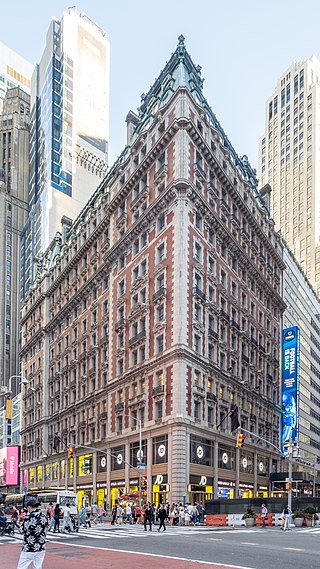
The Knickerbocker Hotel is a hotel at Times Square, on the southeastern corner of Broadway and 42nd Street, in the Midtown Manhattan neighborhood of New York City. Built by John Jacob Astor IV, the hostelry was designed in 1901 and opened in 1906. Its location near the Theater District around Times Square was intended to attract not only residential guests but also theater visitors.

The Roosevelt Hotel is a former hotel and a shelter for asylum seekers at 45 East 45th Street in the Midtown Manhattan neighborhood of New York City. Named in honor of U.S. president Theodore Roosevelt, the hotel was developed by the New York Central Railroad and the New York, New Haven and Hartford Railroad and opened in 1924. The 19-story structure was designed by George B. Post & Son with an Italian Renaissance Revival-style facade, as well as interiors that resembled historical American buildings. The Roosevelt Hotel is one of several large hotels developed around Grand Central Terminal as part of Terminal City. Since 2000, Pakistan International Airlines (PIA) has owned the hotel.

The Royalton Hotel is a hotel at 44 West 44th Street in Midtown Manhattan, New York City, United States. The hotel, opened in 1898, was designed by architecture firm Rossiter & Wright and developed by civil engineer Edward G. Bailey. The 13-story building is made of brick, stone, terracotta, and iron. The hotel's lobby, which connects 43rd and 44th Streets, contains a bar and restaurant. The upper stories originally featured 90 apartments, but these were replaced with 205 guestrooms when Philippe Starck and Gruzen Samton Steinglass Architects converted the Royalton to a boutique hotel in the 1980s.
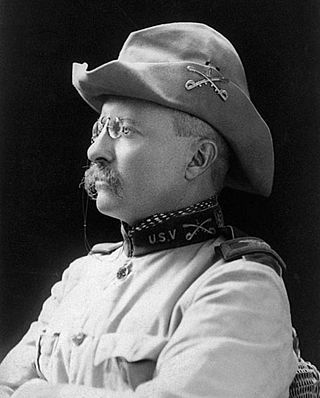
Roosevelt's World War I volunteers was a proposed military volunteer formation of Americans to fight in France for the Allies.

The Metropolitan Club is a private social club on the Upper East Side of Manhattan in New York City, New York. It was founded as a gentlemen's club in March 1891 by a group of wealthy New Yorkers led by the financier John Pierpont Morgan. The clubhouse at Fifth Avenue and 60th Street was designed by McKim, Mead & White and is a New York City designated landmark. The club is controlled by a 25-member board of governors. Initially, only men could become members, though women were given membership privileges in the mid-20th century. Like other Gilded Age social clubs, the Metropolitan Club functioned largely as a meeting place for the wealthy, hosting events such as luncheons, dinners, debutante balls, and business meetings. Over the years, the club's membership has included bankers, industrialists, doctors, lawyers, and CEOs, including several members each from the Goelet, Roosevelt, Vanderbilt, and Whitney families.

The Park Avenue Viaduct, also known as the Pershing Square Viaduct, is a roadway in Manhattan, New York City. It carries vehicular traffic on Park Avenue from 40th to 46th Streets. The viaduct is composed of two sections: a steel viaduct with two roadways from 40th to 42nd Streets, as well as a pair of roadways between 42nd and 46th Streets. The section from 40th to 42nd Streets was designated a New York City landmark in 1980 and was listed on the National Register of Historic Places in 1983. The street-level service roads of Park Avenue, which flank the viaduct between 40th and 42nd Streets, are called Pershing Square. The section of the viaduct between 42nd and 46th Streets travels around Grand Central Terminal and the MetLife Building, then through the Helmsley Building; all three buildings lie across the north–south axis of the avenue.

Shubert Alley is a pedestrian alley in the Theater District of Midtown Manhattan in New York City. The alley, a privately owned public space, connects 44th and 45th Streets and covers about 6,400 square feet (590 m2). It runs through the middle of a city block, parallel to Eighth Avenue to the west and Broadway to the east. The western half of the alley abuts the Shubert and Booth theaters, while the eastern half is adjacent to One Astor Plaza. Because it is near several major theaters, the alley has been considered the geographical center of Broadway theatre.

The Peninsula New York is a historic luxury hotel at the corner of Fifth Avenue and 55th Street in the Midtown Manhattan neighborhood of New York City. Built in 1905 as the Gotham Hotel, the structure was designed by Hiss and Weekes in the neoclassical style. The hotel is part of the Peninsula Hotels group, which is owned by Hongkong and Shanghai Hotels (HSH). The structure is 23 stories high and, as of 2022, contains 241 rooms.

The Millennium Times Square New York is a hotel at 133 and 145 West 44th Street, between Times Square and Sixth Avenue, in the Theater District of Midtown Manhattan in New York City. Operated by Millennium & Copthorne Hotels, the hotel has 750 guest units, as well as a conference center with 33 conference rooms. The hotel incorporates a Broadway theater called the Hudson Theatre into its base.

Mary Jobe Akeley was an American explorer, author, mountaineer, and photographer. She undertook expeditions in the Canadian Rockies and in the Belgian Congo. She worked at the American Museum of Natural History creating exhibits featuring taxidermy animals in realistic natural settings. Akeley worked on behalf of conservation efforts, including her advocating for the creation of game preserves. She founded Camp Mystic, an outdoor camp for girls.

The Penn Club of New York is an American 501(c)7 not-for-profit, private social club located on Clubhouse Row in the Midtown Manhattan neighborhood of New York City. The club's 14-story building, which is a designated landmark, is located at 30 West 44th Street and initially was occupied by The Yale Club of New York City.

The New York Yacht Club Building is a seven-story Beaux-Arts clubhouse at 37 West 44th Street in the Midtown Manhattan neighborhood of New York City, United States. Opened in 1901, the building was designed by architect Whitney Warren of Warren and Wetmore as the sixth clubhouse of the New York Yacht Club (NYYC). The clubhouse is part of Clubhouse Row, a concentration of clubhouses on 44th Street between Fifth and Sixth avenues. The building is a New York City designated landmark and is listed on the National Register of Historic Places as a National Historic Landmark.




















